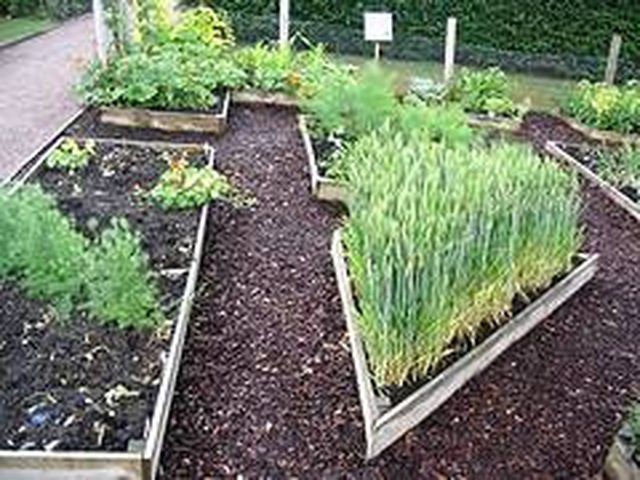Bulbs
Flower Basics
Flower Beds & Specialty Gardens
Flower Garden
Garden Furniture
Garden Gnomes
Garden Seeds
Garden Sheds
Garden Statues
Garden Tools & Supplies
Gardening Basics
Green & Organic
Groundcovers & Vines
Growing Annuals
Growing Basil
Growing Beans
Growing Berries
Growing Blueberries
Growing Cactus
Growing Corn
Growing Cotton
Growing Edibles
Growing Flowers
Growing Garlic
Growing Grapes
Growing Grass
Growing Herbs
Growing Jasmine
Growing Mint
Growing Mushrooms
Orchids
Growing Peanuts
Growing Perennials
Growing Plants
Growing Rosemary
Growing Roses
Growing Strawberries
Growing Sunflowers
Growing Thyme
Growing Tomatoes
Growing Tulips
Growing Vegetables
Herb Basics
Herb Garden
Indoor Growing
Landscaping Basics
Landscaping Patios
Landscaping Plants
Landscaping Shrubs
Landscaping Trees
Landscaping Walks & Pathways
Lawn Basics
Lawn Maintenance
Lawn Mowers
Lawn Ornaments
Lawn Planting
Lawn Tools
Outdoor Growing
Overall Landscape Planning
Pests, Weeds & Problems
Plant Basics
Rock Garden
Rose Garden
Shrubs
Soil
Specialty Gardens
Trees
Vegetable Garden
Yard Maintenance
Materials for Building a Raised Vegetable Bed
Materials for Building a Raised Vegetable Bed. There are a lot of advantages to using raised garden beds instead of having vegetable plants grow directly in the ground. With raised beds plants are higher, making it easier on the gardener's back, seeds can be planted a bit closer, and the soil is less compacted and drains better. Raised garden...

There are a lot of advantages to using raised garden beds instead of having vegetable plants grow directly in the ground. With raised beds plants are higher, making it easier on the gardener's back, seeds can be planted a bit closer, and the soil is less compacted and drains better. Raised garden beds actually produces 1.5 to 2 times more vegetables than traditional gardening. The best thing about raised garden beds is that they are easy to construct and maintain.
Lumber
Although you can purchase ready-made plastic garden beds that snap together, they don't allow for the size of your particular garden area. Building your own raised beds from lumber will enable you to cut pieces to fit your needs. The most popular shape is rectangular. You will need two end pieces (the same size) and two length pieces (the same size) for each bed.
Wood Type
Organic compounds are available for treating wood. However, you can choose types of wood that is naturally rot-resistant. Port Orford cedar, red cedar, black locust and redwood are all excellent choices. Most pre-treated lumber has a CCA ( chromated copper arsenate) treatment. This is dangerous to use in your vegetable garden as it may leach arsenic into the soil and you'll get it on your hands without realizing it.
Alternate Materials
Raised garden beds can also be constructed from brick, stone and concrete pavers. It will take a bit longer to complete, but the effect is nicer for public areas, such as front yard landscaping.
Hardware
To form the wood frame of a raised garden bed you will need eight or more L-brackets, two for each corner. Using screws, attach the L-brackets at each corner on the inside or outside of the frame. Metal stakes work well to keep your frame in place once it's located in its proper place.
Soil
An easy soil mixture for raised garden beds is half organic material (compost) and half soil with a small bag of sand for drainage. Figure your needs before heading to the nursery for your soil. It's easiest to measure for cubic feet. Mutliply the length times the width times the height. So, if your bed is 6' x 3' x 1' you will need 18 cubic feet of soil mixture.